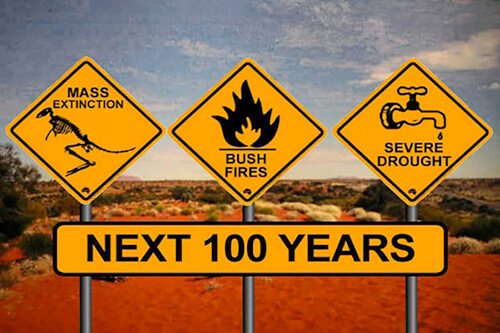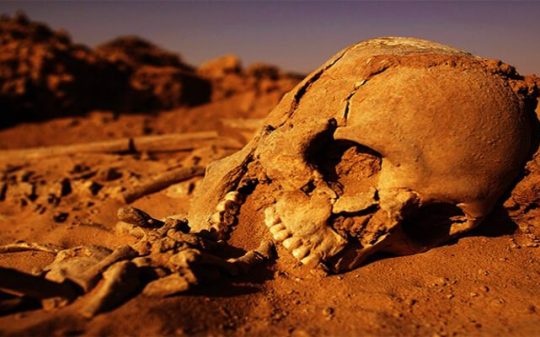A recent study has revealed that carbon emissions reached a new historic level, with the same measurements being recorded some 66 million years ago, when numerous dinosaur species went extinct from the surface of the Earth.
Carbon dioxide emissions continue to rise, although at a slower pace than the previous years. Analysts have been digging through geological evidence in the hopes of finding a similar period in our planet’s history when the temperatures raised to a similar level, so they used sediment cores gathered from the New Jersey coast to inspect the isotope measurements.
The team of experts led by Richard Zeebe from the University of Hawaii discovered that an increase in carbon emissions and global warming occurred almost at the same time during the Palaeocene-Eocene Thermal Maximum (PETM) period approximately 56 million years ago, in a time when the supercontinent Pangea started to divide into smaller continents.
Scientists consider the current climate changes to be similar to those happening during the PETM period, just that the current shift is happening at a more hasted pace.
However, the most intriguing part of the study was when Zeebe and his colleagues compared the annual carbon emissions rates from present days and the PETM. During the dinosaur age, emissions ranged between 0.6 and 1.1 billion tonnes per year, while today, there are over 10 billion tonnes that are annually being spread throughout the atmosphere, and the numbers are rising each year.

To better understand the gravity of the situation, the team of experts referred to today’s carbon emission levels as the highest they’ve ever been since dinosaurs roamed the planet, and probably even earlier than that. So, should we be alarmed by this never-before experienced CO2 emissions?
“We conclude that, given currently available records, the present anthropogenic carbon release rate is unprecedented during the past 66 million years,” the researchers stated. “We suggest that such a ‘no-analogue’ state represents a fundamental challenge in constraining future climate projections. Also, future ecosystem disruptions are likely to exceed the relatively limited extinctions observed at the PETM.”
There is a thin line between the survival of our species and extinction, and while more and more people consider the possibility of space colonies or even colonizing other planets as our salvation ticket, it’s only logical to assume that planet Earth remains our most viable and resourceful alternative. The CO2 emissions have reached an unprecedented level that’s seemingly accelerating year after year, and because of this, it’s hard to anticipate what is going to happen or how much time we have left at our disposal.
The planet is going to react sooner or later since the amount of CO2 that’s being released into the atmosphere is ten times higher than the historical maximum. There will be devastating consequences for all earthlings, and unless we manage to surpass this transition phase that we find ourselves into, we may go extinct just like the dinosaurs and other species before us. (source)
The complete study is published in the journal Nature Geoscience.










Trackbacks/Pingbacks